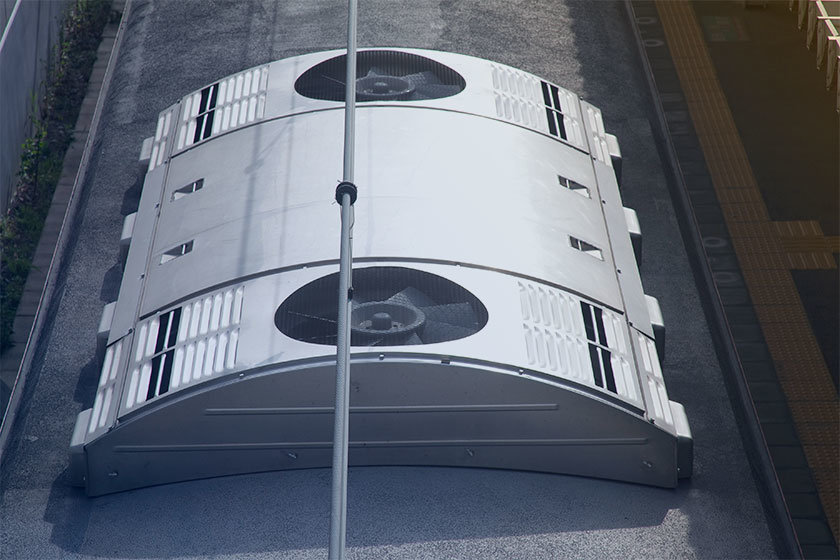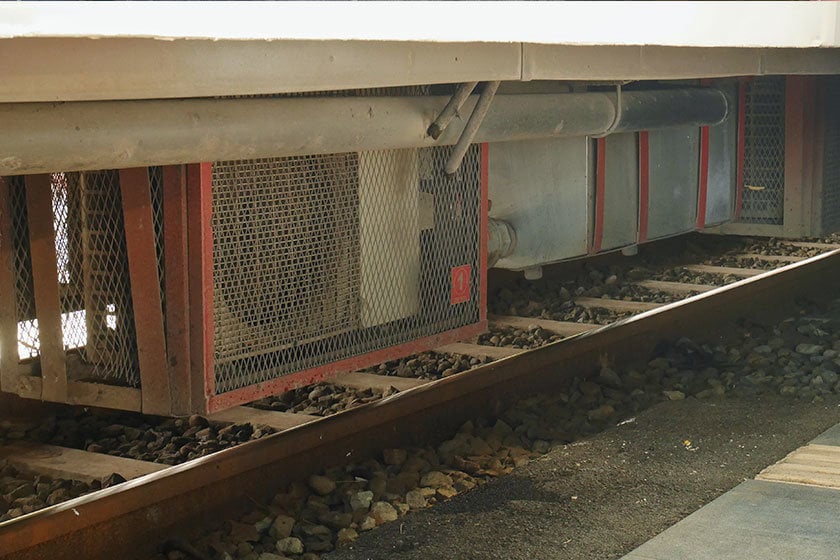Maximising Comfort: HVAC Systems in Railway
Railway transport, a vital link connecting cities and countries, has always prioritized efficiency, but the comfort of passengers is equally important.

HVAC systems, encompassing heating systems, train air conditioning, and train HVAC, are pivotal in enhancing passenger comfort. This article delves into the significance of HVAC in railway transport, examining the essential components such as cooling systems and the power supply.
The Importance of HVAC in Railway Transport
When it comes to railway travel, comfort is essential for an enjoyable journey. HVAC systems are responsible for maintaining the ambient temperature, humidity levels, and air quality within the train compartments. These systems ensure that passengers are neither too hot nor too cold, regardless of the weather outside. Moreover, HVAC systems also help in providing fresh air circulation, filtering out pollutants and allergens, and preventing the buildup of stale air. This is particularly important for long-distance journeys where passengers spend extended periods of time on the trains. By maintaining a comfortable environment, HVAC systems contribute to the overall well-being and satisfaction of passengers.

Understanding the Power Supply in HVAC for Railway Trains
A reliable and efficient power supply is critical for the effective operation of HVAC systems in railway trains. The power supply, often drawn from the train’s onboard electrical systems, supports the various components of the train heat and air systems, including compressors, fans, and controls. A robust power supply is essential to meet the demands of the HVAC system during peak usage, and backup power systems are frequently implemented to guarantee uninterrupted operation during power failures. Stable and continuous power ensures that HVAC systems can operate optimally, maintaining comfort levels for passengers.
Premium PSU stands out as a manufacturer of power conversion systems, including those for industrial HVAC, with a strong commitment to quality and customization. The company’s dedication to quality from design to manufacturing, along with adherence to various specifications and regulations, is noteworthy.
Given the extensive experience and expertise of over 50 engineers in the RDI department, Premium PSU is well-equipped to handle a wide range of standard products and custom-made designs, having developed over 900 custom designs over the years.
Effective monitoring and maintenance of HVAC systems, including ventilation, are essential to promptly identify and resolve any issues. By investing in these systems, railway operators can ensure a comfortable and enjoyable travel experience for passengers.
The Role of Catenary in Railway HVAC Systems
Catenary systems are vital for energizing HVAC systems in railway trains. These systems comprise overhead wires that deliver electrical power to the train, suspended from a network of supports along the tracks. The power harnessed from the catenary system is converted to the necessary voltage for the HVAC components. Their design ensures a steady and reliable power supply for the HVAC systems, enabling them to maintain optimal comfort for passengers throughout their journey.
DC/AC Inverters and Their Significance in Railway HVAC
DC/AC inverters are essential components of HVAC systems in railway trains, converting the DC power from the catenary system into AC power suitable for HVAC components. This conversion allows for a more efficient HVAC operation, as the system is primarily designed for AC power. The inverters guarantee that the HVAC system receives power that is both stable and compatible, enhancing the system’s performance and efficiency.
Advanced Range of DC/AC Inverters by Premium PSU
Premium PSU’s lineup of DC/AC inverters, a favorite in the air conditioning stock market, offers a range of compact yet secure and reliable options. Our standard inverters, available in single-phase and three-phase models, provide a variety of input-output combinations from 260VA to 24kVA. Notably, we’ve engineered custom inverters with capacities up to 40kVA, achieving efficiency levels as high as 94%.
All our inverters adhere to the EN50155 regulation for rolling stock, ensuring compliance with industry standards. We take pride in offering the most extensive and compact range of DC/AC inverters for railway applications in the market. As part of our commitment to quality and the adaptability of our products, we customize our inverters to meet the necessary regulations for safe and effective use across various fields.
Furthermore, our solutions are well-suited for industrial automation systems and demanding environments that require precise motor control. We are dedicated to quality and adaptability, customizing our inverters to comply with the necessary regulations for safe and efficient use in various applications.
The Concept of Parallel Connection in Railway HVAC Systems
The concept of parallel connection is key in designing HVAC systems for railway trains, enhancing train interiors with increased reliability. By connecting multiple HVAC units in parallel, the system gains redundancy, preventing a total shutdown if one unit fails. This setup also ensures even load distribution and the flexibility to adjust the HVAC system according to the train’s configuration and passenger load, leading to peak performance and comfort.
Power Conversion: A Crucial Aspect of HVAC in Railway Trains
Power conversion is crucial for HVAC systems in railway trains, transforming the DC power from the catenary system into AC power for the HVAC components. This process, essential for maintaining high volume air conditioning, involves transformers and inverters to provide stable and suitable power for the HVAC system, ensuring passenger comfort and system efficiency.
Maintaining Comfort: Effective HVAC Systems for Railway Transport
To provide maximum comfort to passengers in railway transport, it is crucial to have effective HVAC systems in place, ensuring proper train air circulation and air exchange. These systems should be designed to cater to the specific needs of railway trains, considering factors such as train speed, passenger load, and external weather conditions. The HVAC components should be capable of providing efficient heating, cooling, and ventilation, known as supply air, while also ensuring energy efficiency and minimal environmental impact. Furthermore, regular maintenance and monitoring of the HVAC systems are essential to identify and address any issues promptly, maintaining the quality of train air. By investing in effective HVAC systems and their maintenance, railway operators can ensure a comfortable and enjoyable travel experience for passengers.

Future Trends in HVAC for Railway Trains
The field of HVAC for railway trains is constantly evolving, with new technologies and innovations being introduced to enhance passenger comfort and system efficiency. One of the key trends is the integration of smart HVAC systems that utilize advanced sensors and controls to optimize energy consumption and improve passenger comfort. These systems can automatically adjust the temperature, humidity, and air quality based on real-time conditions and passenger preferences. Additionally, there is a growing focus on sustainable HVAC solutions, such as the use of renewable energy sources and energy-efficient components. As the industry continues to advance, we can expect further advancements in HVAC technology for railway trains, ensuring an even higher level of comfort and efficiency.
In conclusion, HVAC systems play a crucial role in maximising comfort in railway transport. By maintaining the ambient temperature, humidity levels, and air quality, these systems ensure that passengers have a comfortable and enjoyable journey. Understanding the power supply, the role of catenary, the significance of DC/AC inverters, and the concept of parallel connection is essential to appreciate the complexity and importance of HVAC systems in railway trains. Furthermore, effective power conversion and regular maintenance are vital to ensure optimal performance and passenger satisfaction. As the industry continues to evolve, future trends in HVAC for railway trains promise even greater comfort and efficiency.
Let’s go further and contact us to explore the possibilities and advances in railway HVAC technology with Premium PSU power conversion equipment.
www.premiumpsu.com

